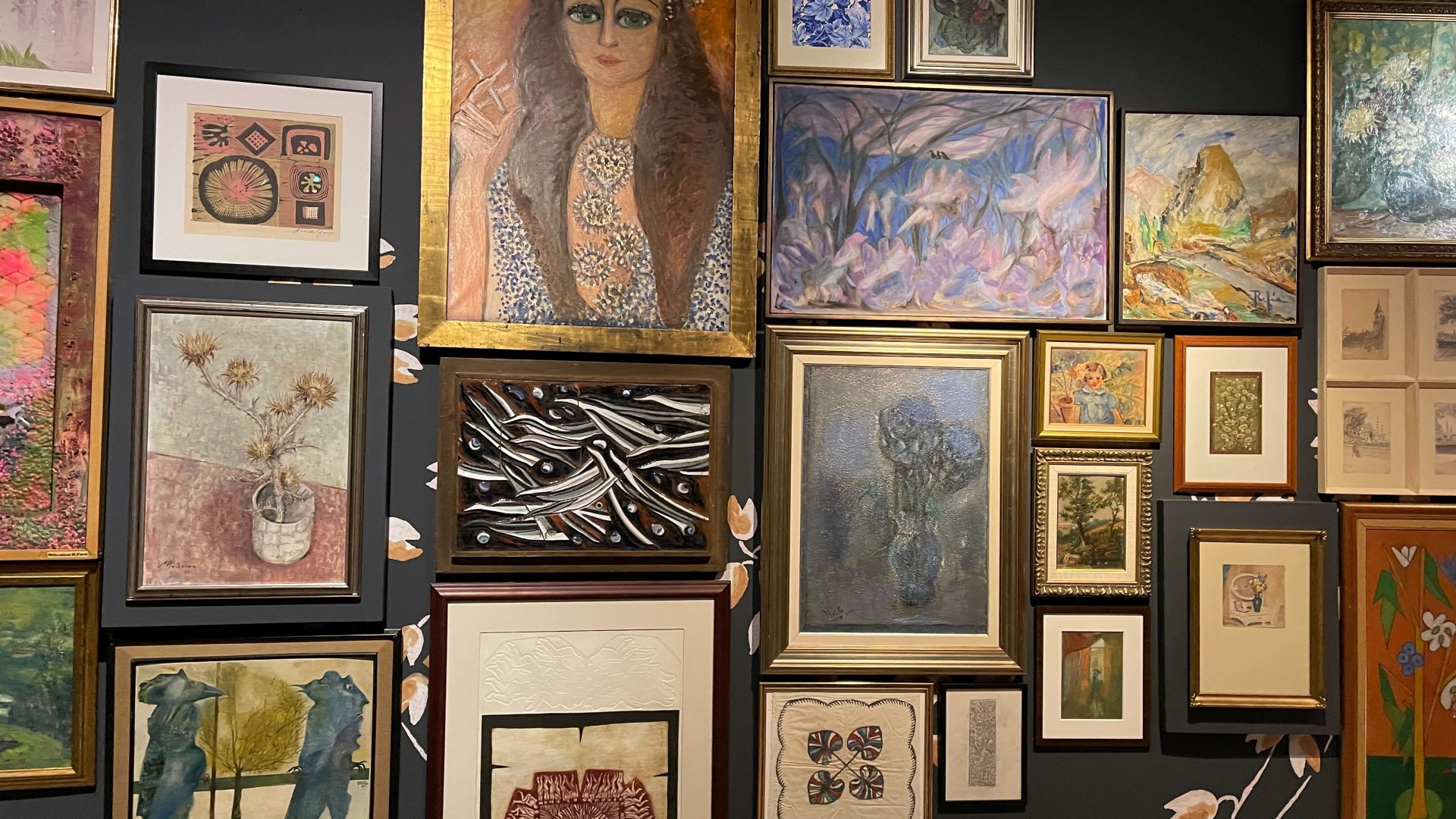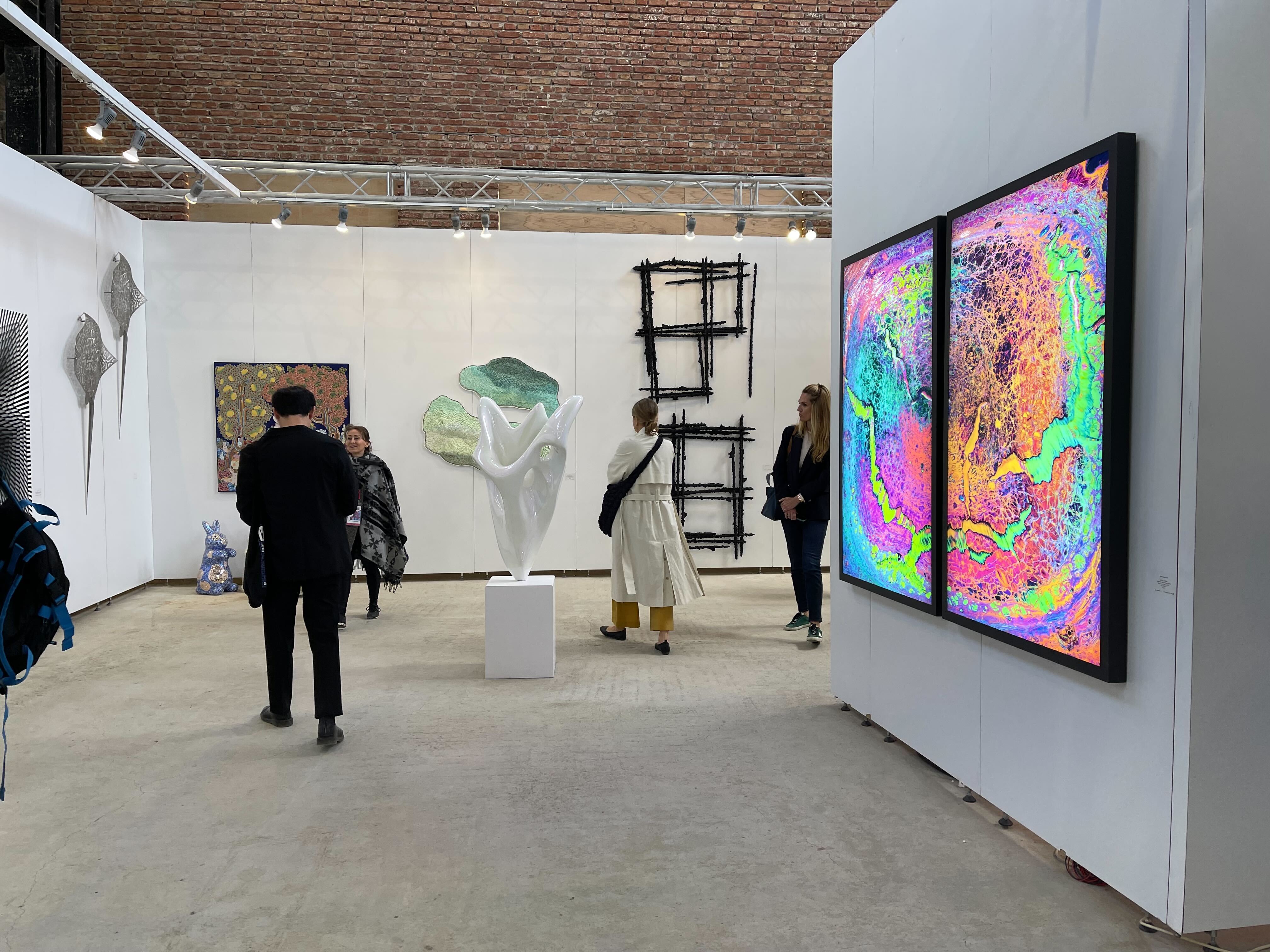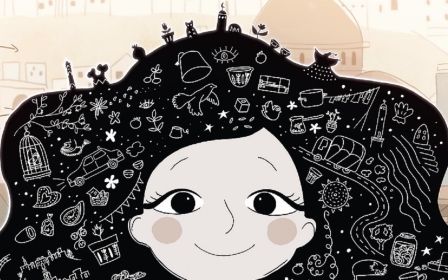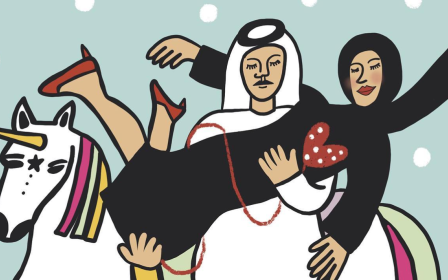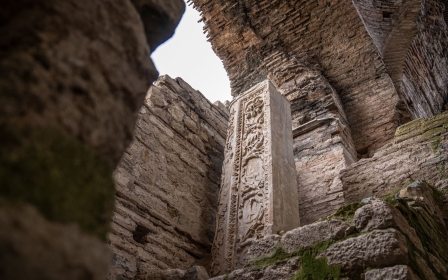How Turkey hopes to nurture new artists and its contemporary art scene
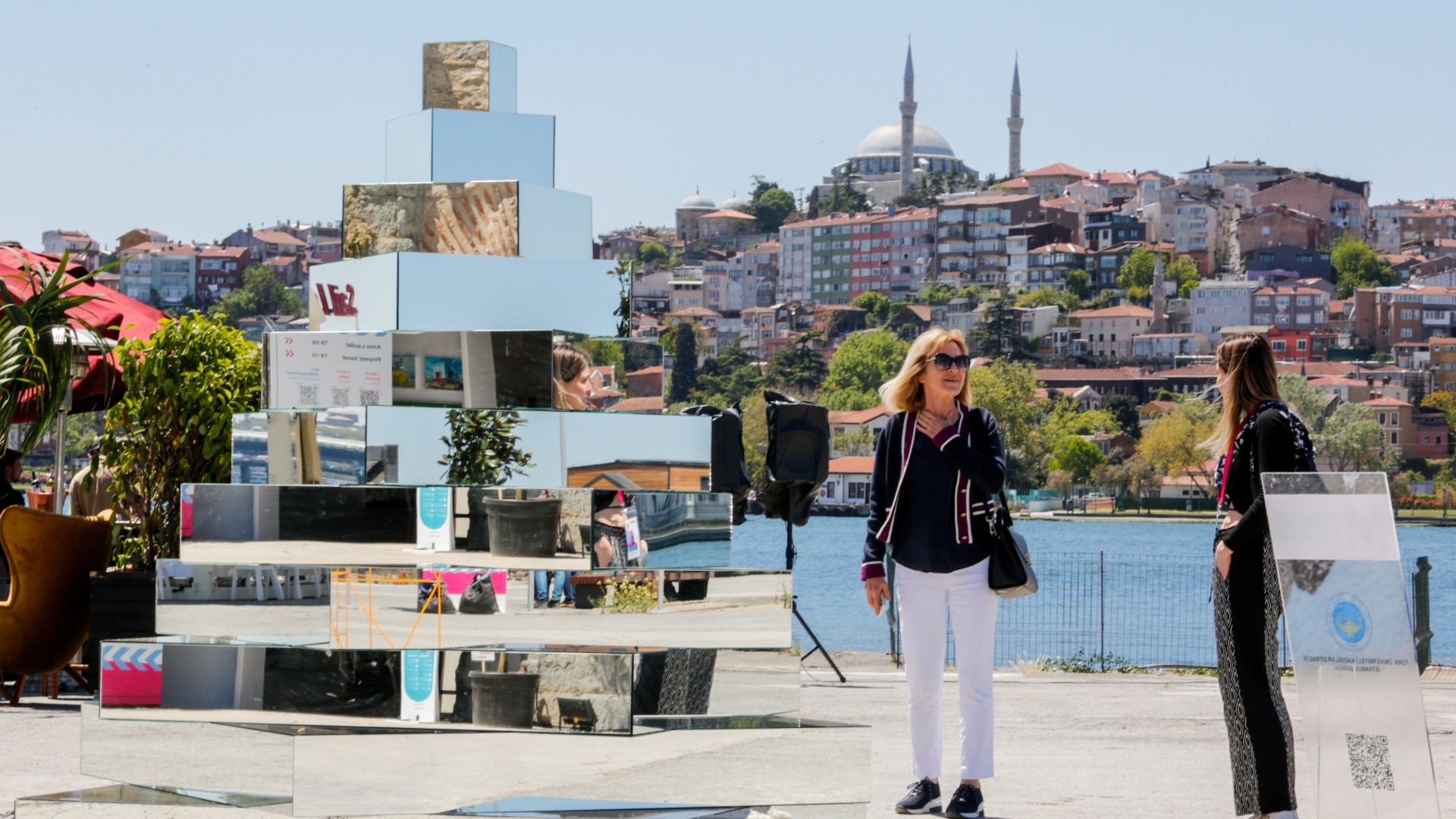
When it comes to artistic heritage, Turkey’s is as old as they come with wall paintings depicting hunting scenes at Catalhoyuk dating as far back as 9,000 years ago.
Later the area that now forms the Turkish Republic was ruled by the Byzantines, who commissioned murals, frescoes, and mosaics, which still survive across the Balkans and Anatolia, as well as architectural masterpieces, such as the Hagia Sophia.
Their successors, the Ottomans commissioned structures that proudly dominate Istanbul’s skyline to this day, in addition to supporting a flourishing “miniature” scene that captured everything from the daily trivialities of life to portraits of monarchs.
In more recent times, the Ottoman artist Osman Hamdi Bey established himself as one of the Islamic world’s foremost painters.
Given that rich artistic heritage, leading figures within the country’s cultural scene want to establish the country as a force in the global contemporary art scene.
“Istanbul and Anatolia are where the world’s civilization started,” says Ali Gureli, art collector and chairman of the Contemporary Istanbul Foundation.
His organisation, aims to support and develop contemporary art in Turkey - placing particular emphasis on nurturing young artists and providing platforms for them to exhibit their work.
Gureli says that after years of uncertainty due to the pandemic, Istanbul is ready to take centre stage again, emphasising the importance of empowering artists and ensuring that an emerging generation of Turkish talents have the resources they need to flourish.
“Istanbul has been like a big huge art studio in history, there’s always been art production here, but now, we are seeing very young artists coming from the Anatolian cities, who are educating themselves then come to Istanbul,” he says.
“We encourage them, and this is how I see the country developing in terms of arts and culture.”
The city, which straddles both Anatolia and Europe, is ideally placed to host this emerging artistic culture, Gureli says.
“I have collected art since I’ve known myself… when you look at the location worldwide, Turkey is incredibly centrally located, in the middle of two continents, and you can fly for four hours and reach 100 major cities,” he told Middle East Eye.
A flourishing art scene
To further the goal of establishing Istanbul as a global artistic hub, a number of art galleries and museums are opening across the city, featuring the work of young Turkish artists, as well as those from outside the country.
The art on display ranges from traditional paintings and sculptures to digital installations and NFTs.
The Mesher Art exhibition, located in Istiklal, is one such space hosting works, particularly by female artists.
Spread across three floors, the exhibition has over 230 pieces of art by 117 artists.
One of the most popular exhibitions, titled I-You-They, A Century of Artist Women, places particular emphasis on highlighting depictions of women.
On one floor of the exhibition, an entire wall is covered in paintings by women, emphasising their contributions to society.
“This exhibition is here to offer alternative art history. In Turkey, art history is very much male-dominated, in textbooks and any kind of source it’s very male heavy,” Esra Satici, a curator at the exhibition, tells MEE.
“The exhibition has been very well received, by locals, art critics, and academics, because everyone acknowledges that this contributes to the writing of art history.
“Even our team didn't know the majority of the women artists in this exhibition, so this exhibition is the result of very thorough research” she adds.
Supporting talent
Canan Tolon, an artist who had one of her art installations exhibited in the city through Contemporary Istanbul, says she feels excited to have her work shown.
“My installations are usually very architectural, I use space and consider light, sound, and smell, things you can’t really express in a painting,” she says about her piece, titled Limbo.
“I want people when they come in to feel that they are swallowed by the work.”
The piece, which features swing-like structures that incorporate elements of nature such as grass and water, is designed to reflect the times of uncertainty we sometimes live through. The swings symbolise how things sometimes feel like they are suspended in time.
“I wanted to express that, especially in a building which historically would produce guns and was a war industry building, but is now open to life,” she adds.
As a younger and more global audience continues to show interest in the city’s art market, plans have already been made to extend projects even further.
The Istanbul Museum of Painting and Sculpture is set to open in September 2022, while the Sadberk Hanim Museum is set to open in 2024.
Developing Tourism
Besides the cultural benefits of the arts, Turkish officials also stand to benefit from the added revenues that developing artistic venues is likely to bring.
Located on the northern shore of the Golden Horn is a 24-hectare area called Tersane, which hosts cultural, as well as residential spaces.
Once home to the Ottoman imperial shipyards, the area is now fashionable and up and coming, and features museums as well as art and sculptures by young artists from Turkey and around the world.
A gallery onsite features 644 artworks by 301 artists, including both established ones and younger creatives.
Tersane, which opened in 2019, is expected to contribute to the country’s growing tourism sector and will be extended even further in the second phase of its construction, due to be completed by October 2024.
Another of Istanbul’s megaprojects that attempts to balance both attracting tourism and creating spaces for artistic expression is the Galataport development.
A $1.7 billion project that includes a long stretch of boutiques, cafes, and restaurants along a promenade, Galataport is located at the mouth of the Golden Horn, connecting the areas of Galata and Eminonu.
For Turkey, the project is key to developing the country’s tourism sector, and while some may debate whether commercial ambitions and artistic expression can ever sit easily together, for many figures within Istanbul’s art scene there is plenty to feel optimistic about.
Ali Gureli hopes that Contemporary Istanbul will continue to grow and produce more art fairs, as well as cover more cities around the country.
“We hope to cover other creative industries as well.”
“That’s the aim, spread it everywhere,” he says, laughing.
The 17th Contemporary Istanbul art fair will take place from 19-23 September 2022, with artists from 25 countries participating.
Middle East Eye’s flights to Istanbul, as well as accommodation and visits to the art galleries, were paid for by Contemporary Istanbul.
Middle East Eye propose une couverture et une analyse indépendantes et incomparables du Moyen-Orient, de l’Afrique du Nord et d’autres régions du monde. Pour en savoir plus sur la reprise de ce contenu et les frais qui s’appliquent, veuillez remplir ce formulaire [en anglais]. Pour en savoir plus sur MEE, cliquez ici [en anglais].


